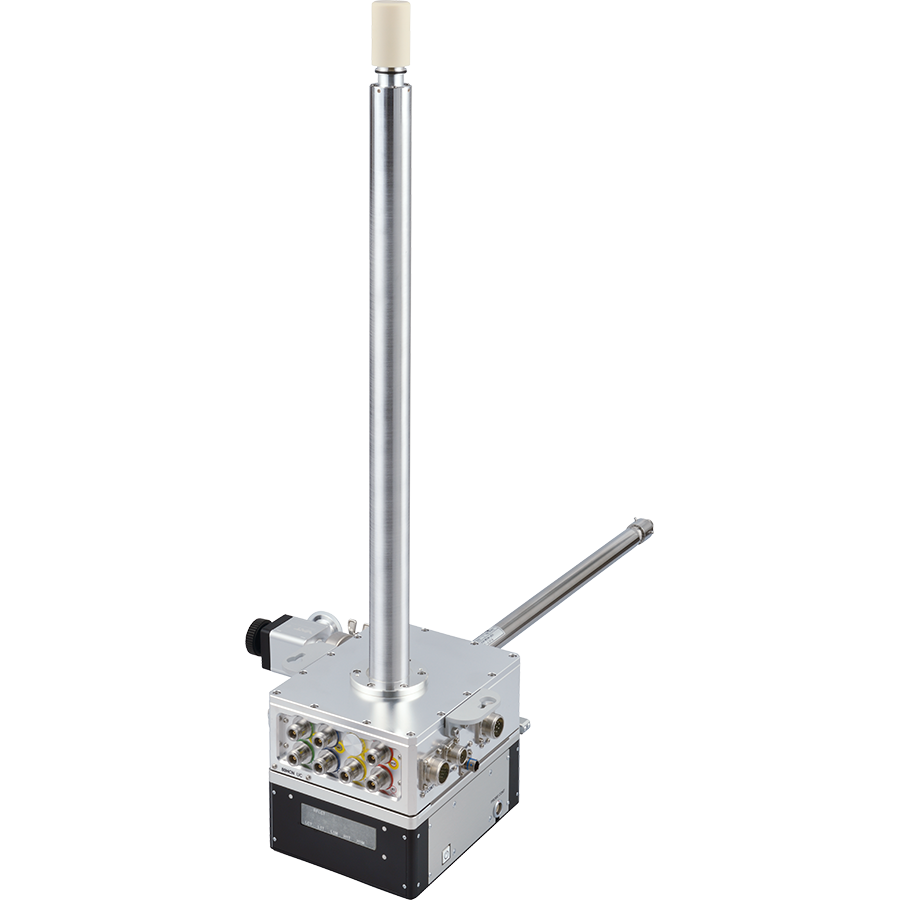The detection coil and preamplifier are cooled to cryogenic temperature to reduce thermal noise to an extremely low level, enabling measurement with a sensitivity several times higher than that of conventional room temperature probes. Since this has a lower coil temperature and smaller thermal noise than the SuperCOOL probe circulating system, it can detect signals with the highest sensitivity. The following four types are lined up for the UltraCOOL probe.
・UltraCOOL probe CH type:
The design is optimal for 13C and 1H nuclei making it possible to measure 13C with the highest sensitivity.
・UltraCOOL probe TH type:
This enables the measurement of multiple nuclei which is similar to the SuperCOOL probe at the coil temperature of the UltraCOOL probe. The design allows for observations of multiple nucleus of 13C and 29Si at a high sensitivity.
・UltraCOOLprobe HX type:
This probe enables the measurement of multiple nuclei which is similar to the SuperCOOL probe at the coil temperature of the UltraCOOL probe.
This probe is optimal for an inverse experiment of 1H nucleus and 1H observation.
・UltraCOOL probe HCN type:
A triple resonance NMR measurement is possible for 1H, 13C, and 15N with this probe.
Features
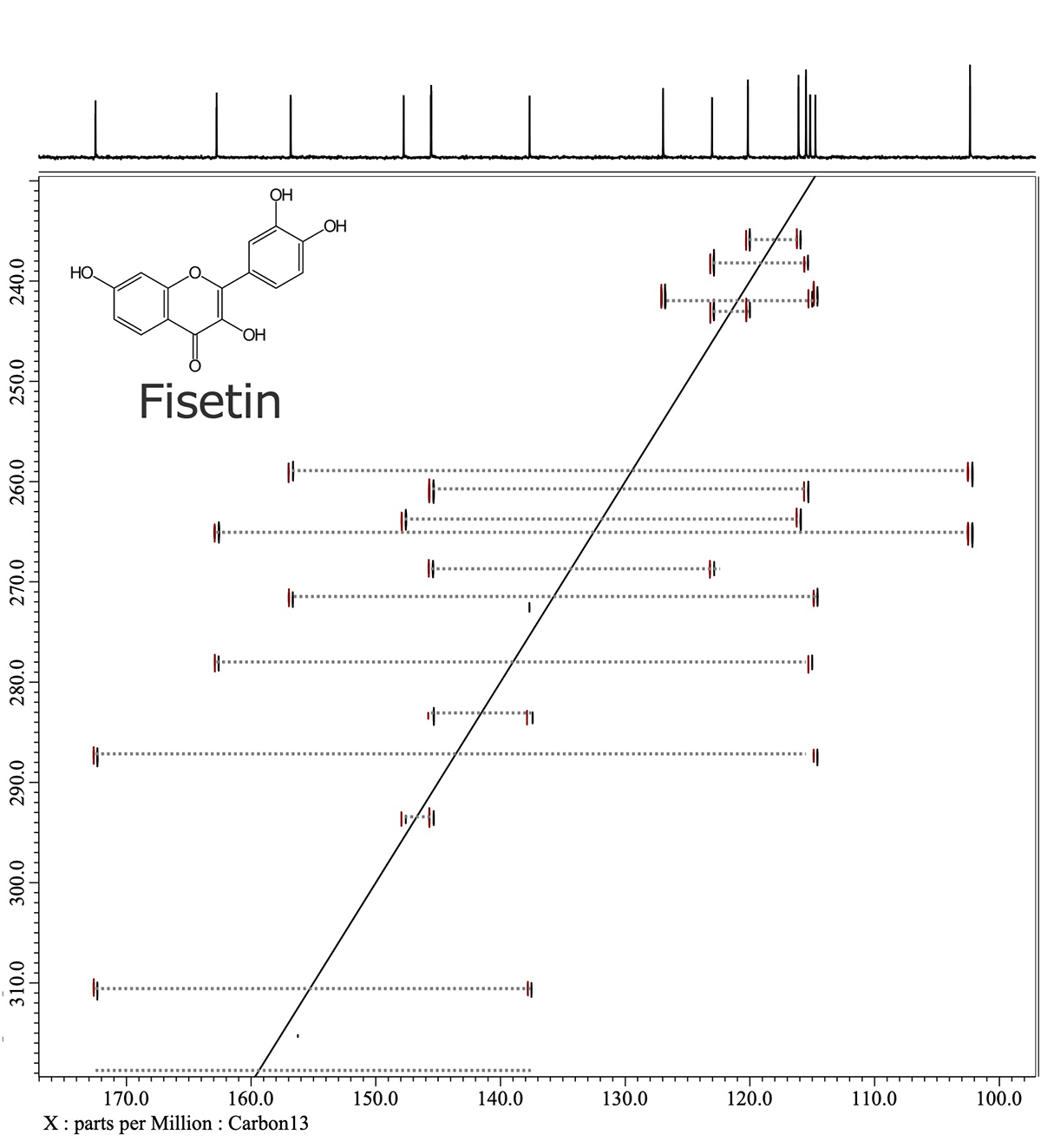
Instrument used: 800 MHz UltraCOOLprobe CH type Sample: 10 mg Fisetin in DMSO-d6 Measurement: INADEQUATE Number of integrations: 192 times Measurement time: 1 day
The UltraCOOL probe is capable of ultra-sensitive measurements, which is a feature of cryogenic probes, as well as a stable high-temperature measurement, which is necessary for analysis of polymers and other materials.
Notes: For measurements in high temperatures exceeding 100℃, an additional high temperature measurement rotor for the cryogenic probe is required.
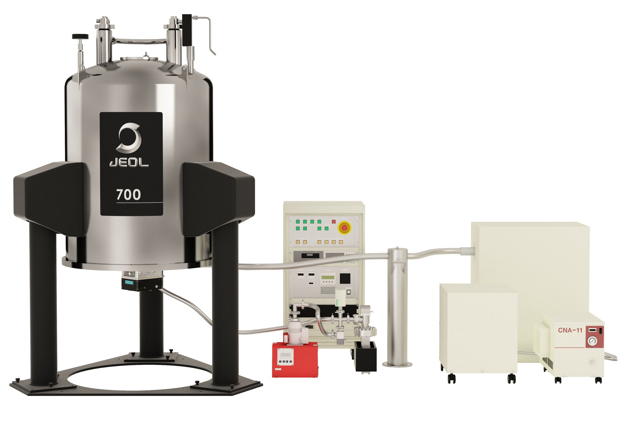
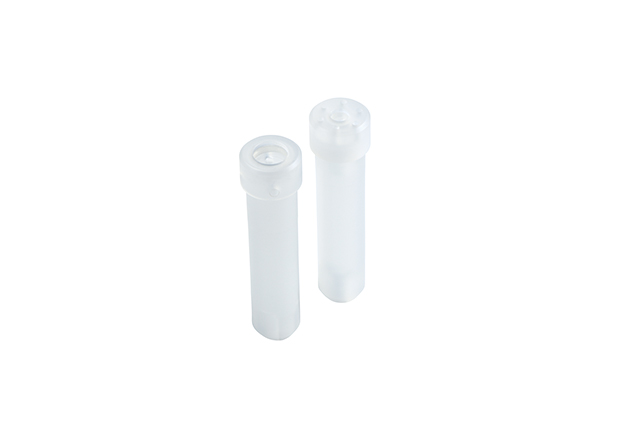
High temperature measurement rotor for cryogenic probe
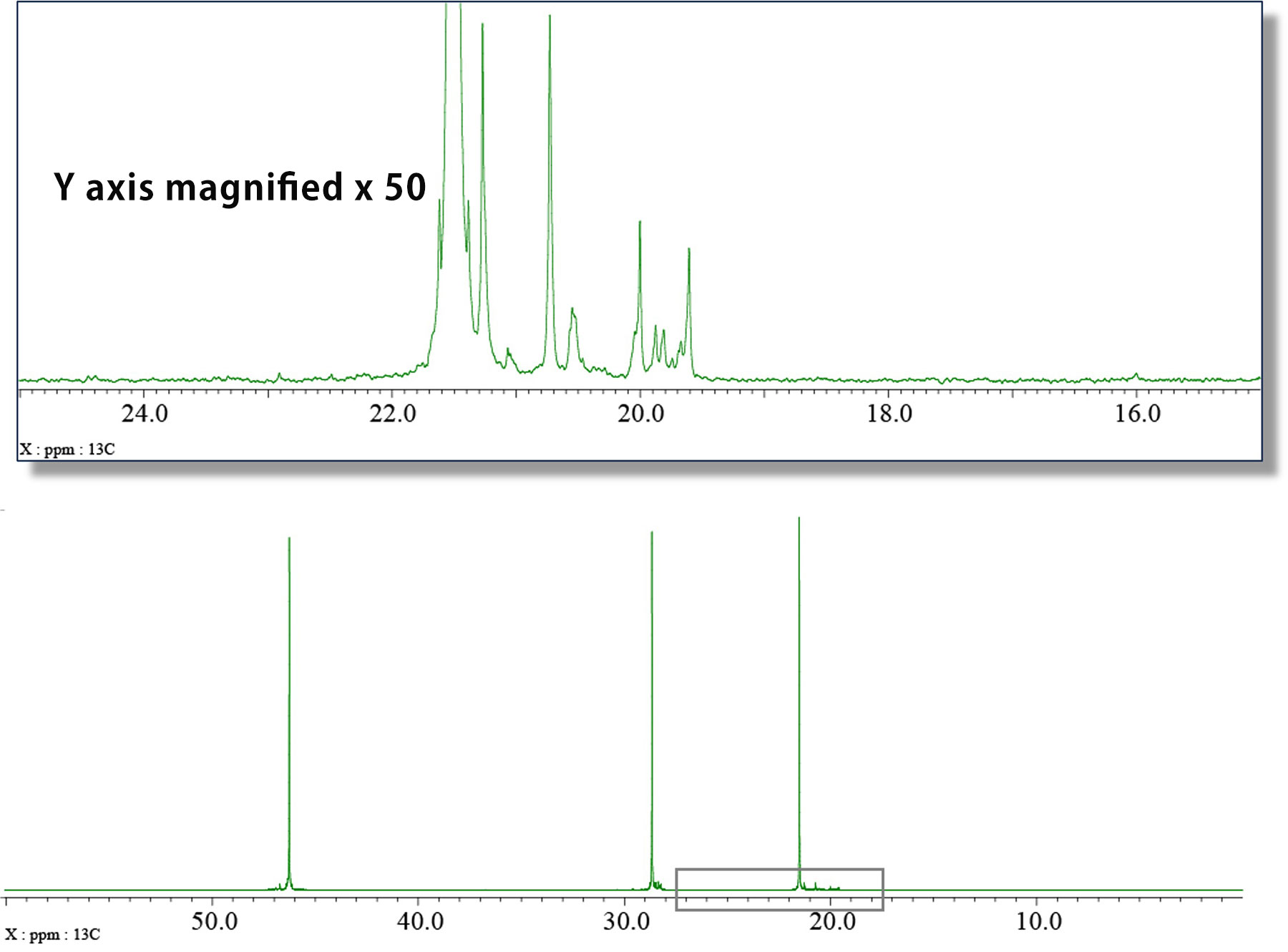
Instrument used:600 MHz UltraCOOLprobe CH type
Sample:Polypropylene in ODCB-d2
Measurement:13C NMR
Number of integrations:512 times
Preset measurement temperature:135℃
Top: Enlarged image of CH3 signal bottom edge
Bottom: Whole image
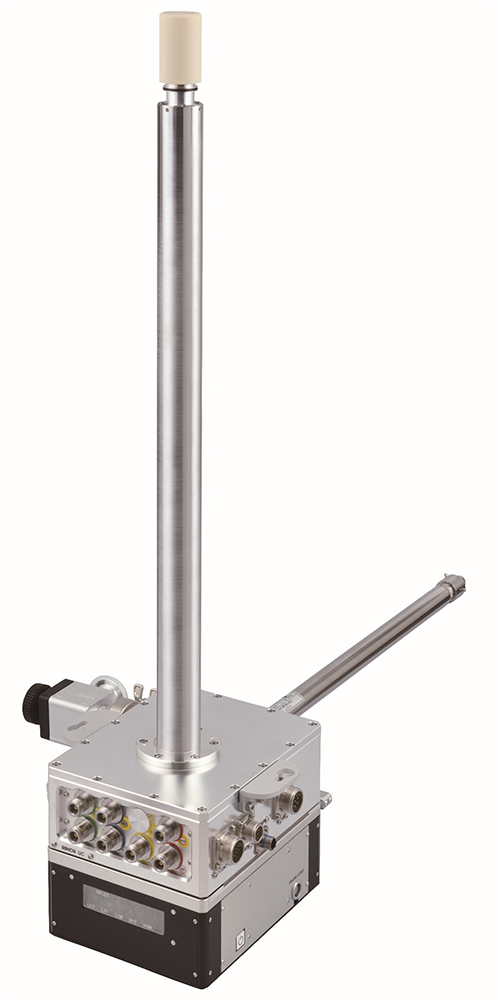
UltraCOOL probe HCN type
The UltraCOOL probe HCN type is a triple resonance NMR probe optimal for 1H,13C, which is capable of simultaneous decoupling of 2H, 13C, 15N, due to four independent channels. This is the most suitable probe for research on proteins, nucleic acids, and metabolome samples.
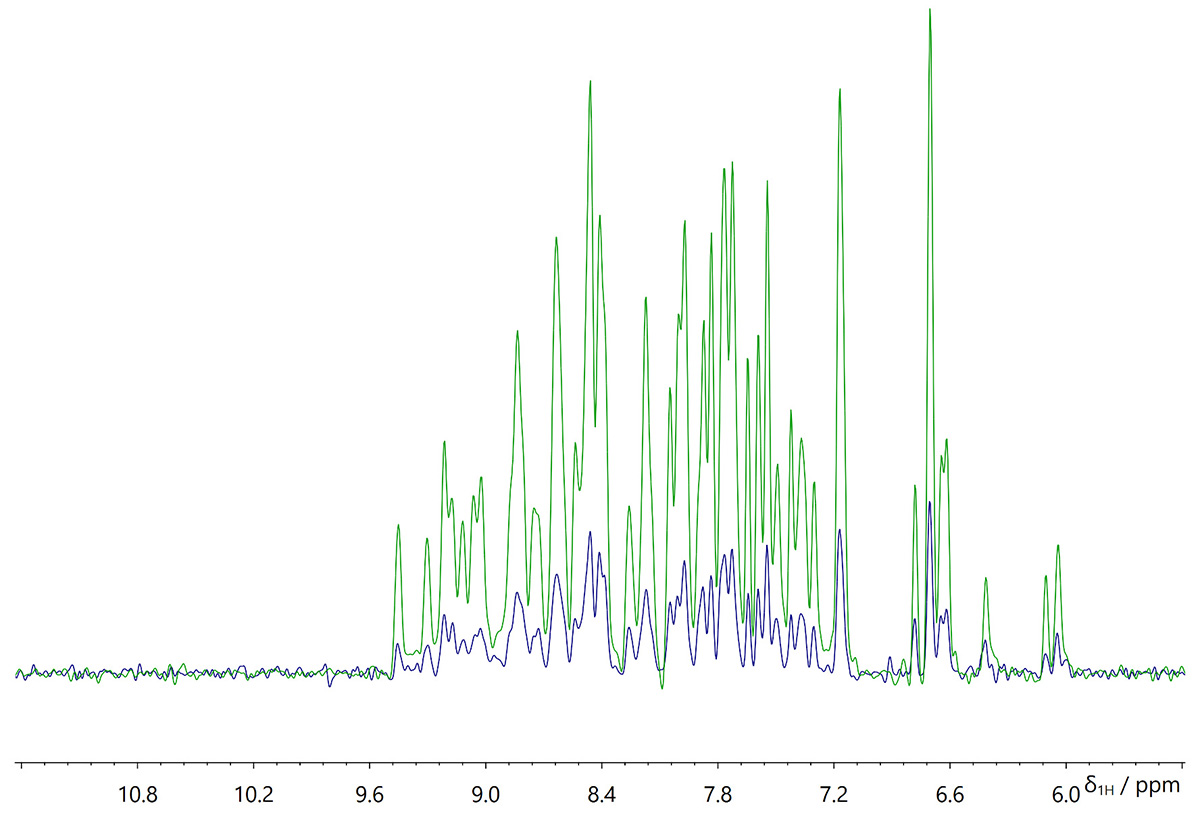
Instrument used: 600 MHz UltraCOOLprobe HCN type and HCN triple resonance probe (room temperature probe)
Sample: 0.6 mM 13C/ 15 Ubiquitin (90% H2O+10% D2O)
Measurement: 1H-15N HSQC 1D
Number of integrations: 4 times
Green: UltraCOOL probe HCN type
Blue: HCN triple resonance probe

Instrument used: 700 MHz UltraCOOL probe HCN type
Sample: 0.35 mM 13C/ 15N Ubiquitin (90% H2O+10% D2O)
Measurement: Stripped plot of 3D CBCA(CO)NH and 3D HNCACB, sliced with 15N axis
Number of data points: 64 (13C t1) ×32 (15N t2) ×1024 (1H t3) NUS25%
Number of integrations: 8 times
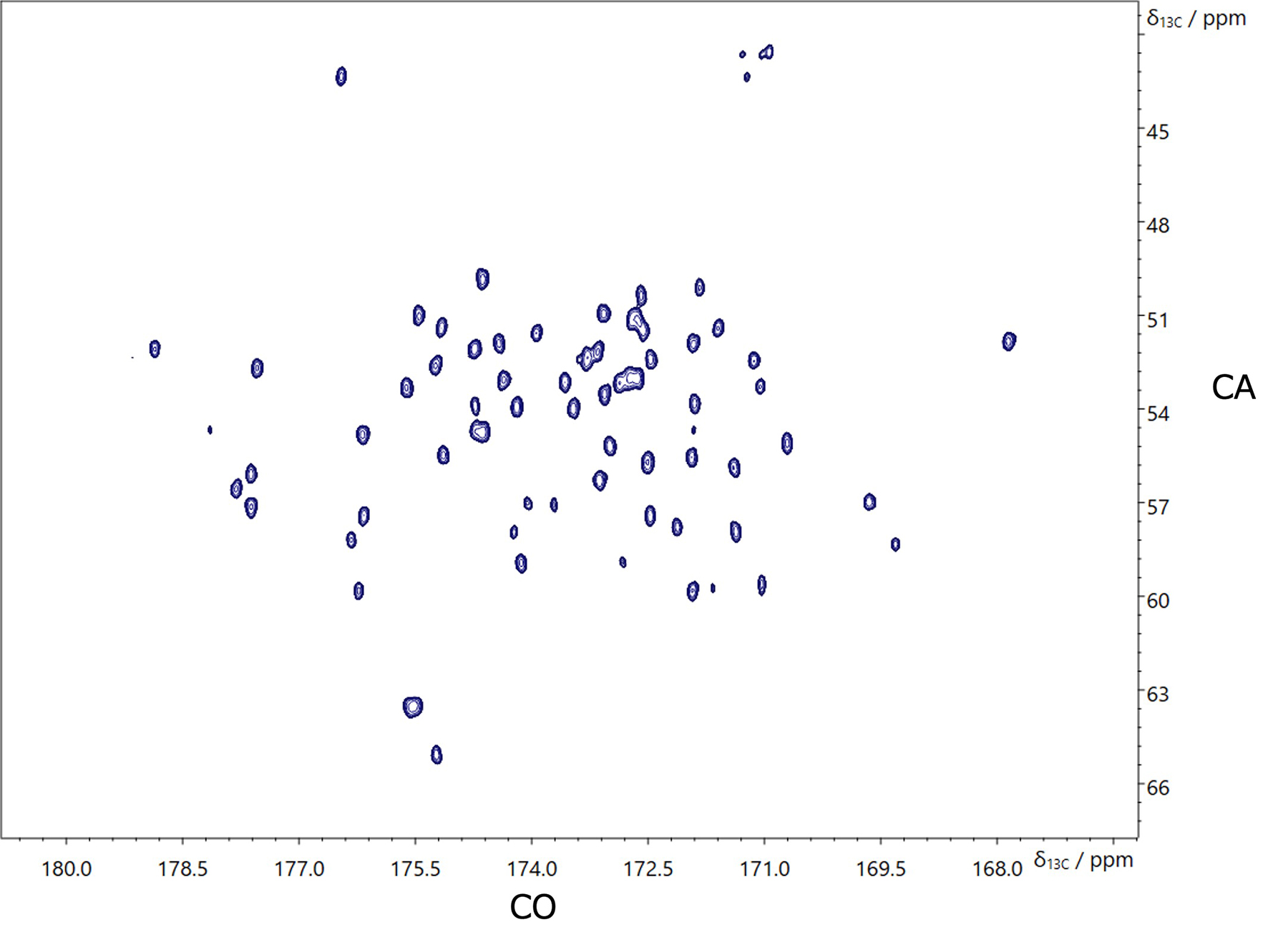
Instrument used: 800 MHz UltraCOOLprobe HCN type
Sample: Polypropylene in ODCB-d2
Measurement: 2D CACO (IPAP) spectrum
Number of data points: 40 x 256
Number of integrations: 32 times
Probe Arm and Probe Lifter
Cryogenic probes cannot be raised or lowered by hand in a cooled state due to safety concerns, and hence it might be necessary to warm up cryogenic probes to room temperature before manipulating them. However, you can replace the UltraCOOL probe or SuperCOOL probe in the cooled state by using the probe arm or lifter. Also, though the UltraCOOL and SuperCOOL probes are heavier than room temperature probes due to their nature, they can be easily exchanged using the Probe Arm or the Probe Lifter.
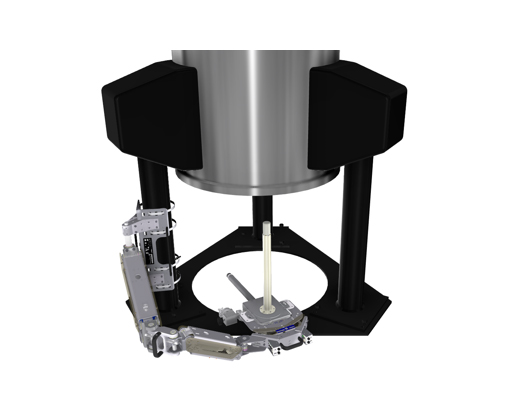
Probe Arm
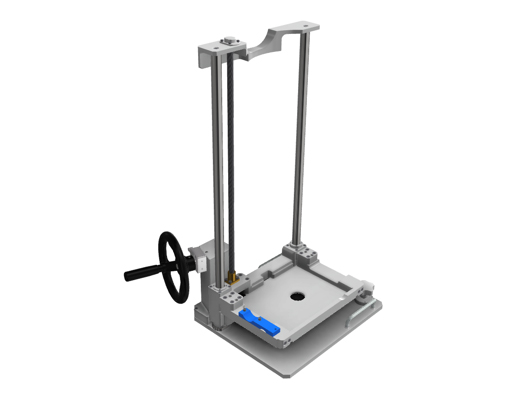
Probe Lifter
◆Click the play button in the above box, and the video will start.(44 sec).◆
Development Secrets
To a New World: Cryogenic probes - The development of “UltraCOOL” & “SuperCOOL” probes
Are you a medical professional or personnel engaged in medical care?
No
Please be reminded that these pages are not intended to provide the general public with information about the products.

